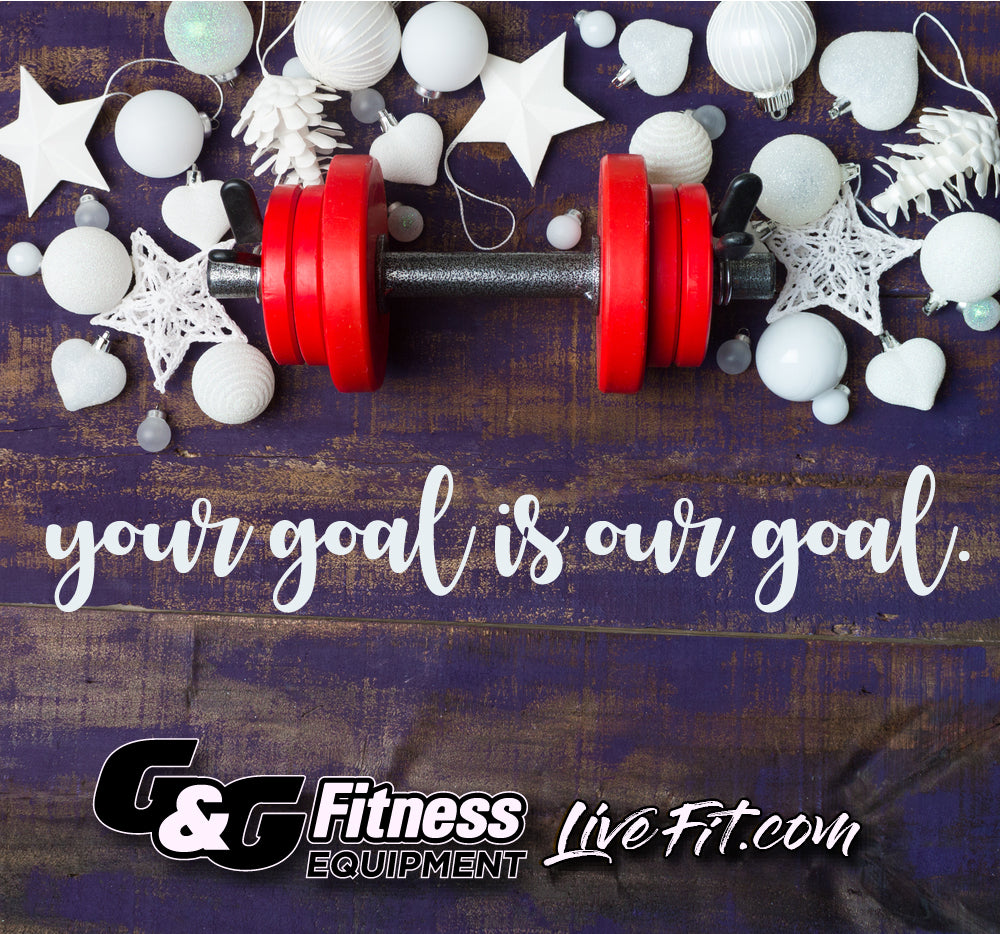With 2021 coming to a close, and 2022 just a few days away, now is typically the time when everyone starts thinking about that time honored tradition – New Years resolutions and goals.
And if you’re anything like most of the general population, chances are you’ve been down this road before. Almost everyone has the experience of picking a resolution and getting really psyched up about it – only to have it completely fall apart by spring (or worse, by February).
Having watched so many people try and fail at this, you may be tempted to think that a New Year’s resolution is simply a massive waste of time and mental energy. But that simply isn’t true. The problem isn’t the fact that people are setting goals for the New Year, it’s the way they’re setting them that’s problem.
If you’re serious about getting it together in 2022, the following guide is for you. We’re going to break down how to correctly choose, plan and execute on a goal.
Since the majority of people reading this blog are likely interested in fitness related ambitions, that’s what we’ll be using as our outline. With that said, this process can be applied to any goal you choose.
Step #1 – Choosing A New Years Fitness Goal
The first place to start, obviously, is with the goal itself.
And at the end of the day, some are better than others. Deciding that you’re somehow going to lose thirty pounds of fat and gain twenty pounds of muscle by spring simply isn’t going to happen for the vast majority of people.

For gaining muscle, it tends to be much more of a slow-moving ship – once you’ve been training for a while and tapped out your “newbie” gains, you’re probably only going to put on a few pounds per month (also keep in mind that losing fat and gaining muscle at the same time is going to be incredibly difficult for most people).
Your goal also must be measurable, bound by a deadline, and attached to a specific action plan (all of which we’ll be covering in detail).
Fortunately, this is quite straightforward with most fitness goals. Let’s say you want to lose 20 pounds (a common resolution). A deadline is important because, as you probably know, an open-ended “I’m going to lose twenty pounds” almost never happens. You’ll also need to make sure you’re tracking (in this case, by using a scale and taking your measurements) regularly to make sure you’re on the right path.
Let’s look at a performance goal, because the same principle applies. If you want to bench 200 pounds for your one-rep max, look at where you are now, and set a deadline for yourself. From there, ensure that you’re keeping track of everything (reps, sets, rest, all that good stuff).
Step #2 – Setting A Timeline For Resolutions
Let’s spend a bit more time discussing the all important deadline of your goal.
The trick is finding the right balance – set a deadline that’s too far in the future, and you’ll end up losing sight of it. Set a deadline too close, and you may end up overextending and burning yourself out.

It’s also really important to keep track of things on a regular basis. In the case of weight loss, this would mean weighing and measuring yourself every few days, and being as accurate as you can (consistently weighing yourself first thing in the morning on an empty stomach, for example).
Step #3 – A Fitness Goal Action Plan
The most important part of a goal – the action plan.
Goals by themselves are meaningless. One of the biggest reasons that most people fail at this is because they have a vision, but no plan. In other words, they have a goal that they want to reach, but they haven’t thought out the steps to get there.
And while much of your action plan will need to be changed and tweaked as you move forward, you should have the fundamental road map laid out.
Go back to the weight loss example – rather than simply saying “I will lose 20 pounds by April 1st”, you should say something like:
“I will lose 20 pounds by April 1st by eating 2200 calories per day, doing 30 minutes of cardio three times per week, and eating at least 20 grams of protein with every meal”.

Stick To Your Fitness Plan









